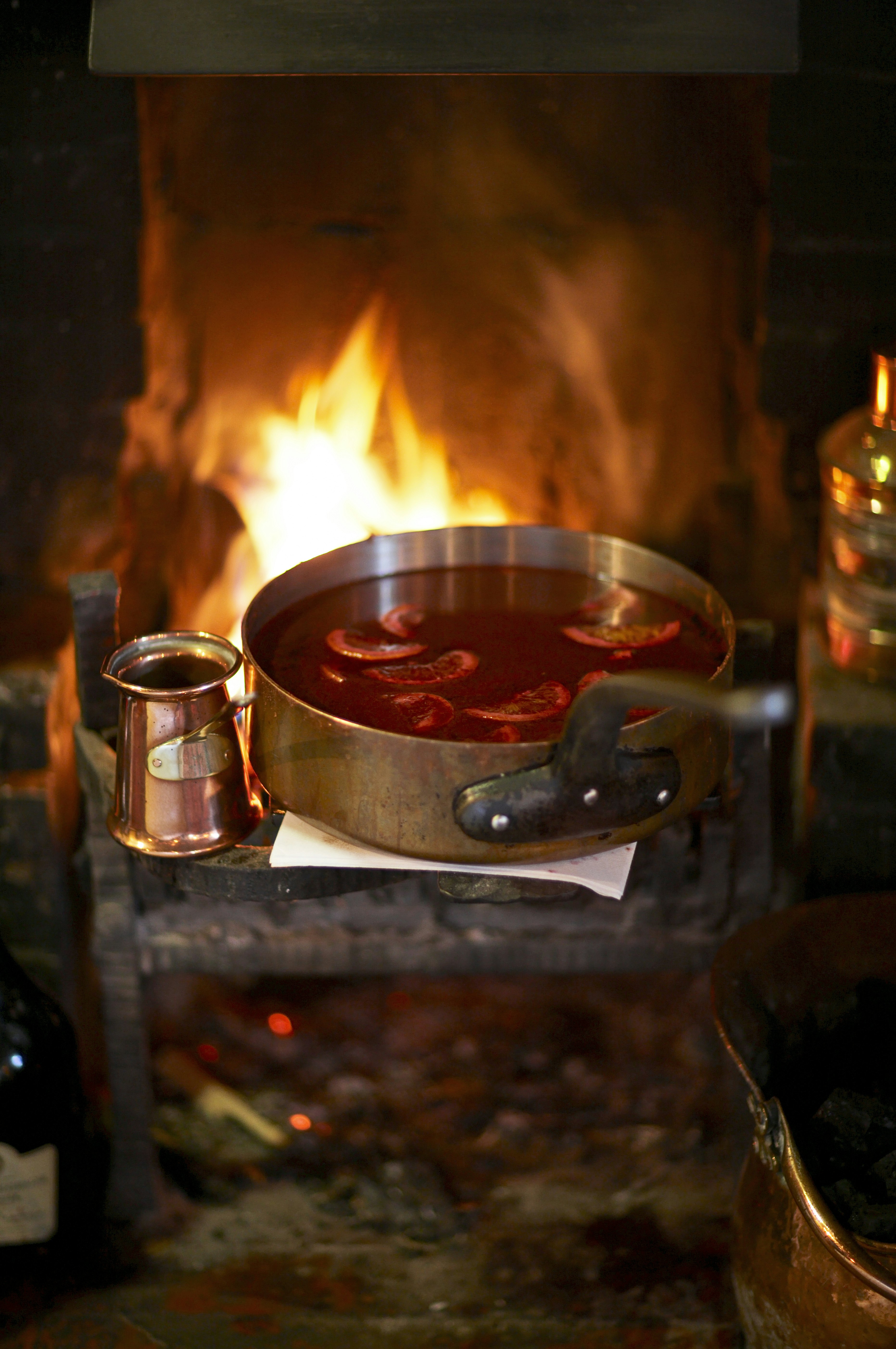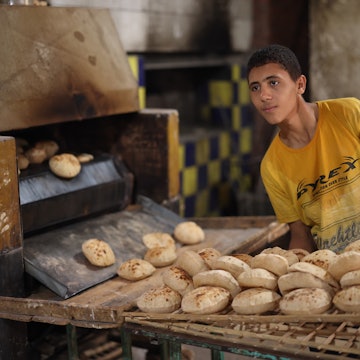
Festive drinks from around the world to enjoy this holiday season

Dec 1, 2020 • 4 min read

Nothing ignites that holiday season like a warm cup of mulled wine © Westend61 / Getty Images
The holiday season is here, so festivities and get-togethers are kicking into high gear – no party is complete without a few seasonal drinks, both alcoholic and nonalcoholic, meant to warm the body and spirit. The art of the holiday drink takes many forms around the world; here’s our guide to some of the planet’s tastiest tipples sure to make you feel festive.

Mulled wine
This spiced hot drink is a global smash hit, taking many names and forms over the years. The concept of a spiced wine has been around for centuries, first made for medicinal purposes in ancient Egypt and later as a drink to ward off winter illness in Rome, where the recipe was first recorded in the Apicius during the first century.
Today, spiced wine is hugely popular around the world – try one of the many variations of glühwein at German and Austrian Christmas markets, sample Swedish gløgg, or head to London for its mulled wine popularized by Charles Dickens. While recipes vary, many share a red wine base, a form of sweetener (honey or sugar), cloves, cinnamon and orange zest.
For additional cocktail recipes, check out our Destination Drinks page
Wassail punch
Wassail takes its name from the Old English phrase hál, meaning “to be in good health,” and it refers to spiced cider or mead, generally taken from a shared glass or bowl.
As the legend goes, King Vortigern and a woman named Renwein met at a party in the fifth century, during which she presented him the drink in a golden goblet and exclaimed: “Was hál!” He then kissed her and drank from the same cup, thus defining the wassail tradition of shared drink for centuries.
Starting in the Middle Ages, wassailers would go house to house during the holidays offering drink, sometimes in hopes of payment or an exchange of gifts. Contemporary wassailing generally just revolves around a shared punch bowl at a party, but the steamy drink itself lives on. Make your own by mulling apple cider, orange and lemon juices, cinnamon sticks, ginger, cloves and nutmeg.

Eggnog
Perhaps one of the more polarizing holiday drinks out there, rich, creamy eggnog holds a special place in the hearts of many North Americans. Like most long-standing traditions, the exact origin of the nog is murky, but food historians generally agree that it developed from posset, a medieval British drink made with sweetened milk and wine or ale.
As time passed, it’s thought that monks punched up the recipe by adding eggs and figs, and by the 1700s eggnog became a drink enjoyed primarily by the wealthy English class, as dairy items were expensive.
Eggnog experienced a popularity boom when it made its way to the American colonies, places full of farmers who had plenty of dairy products easily and cheaply on hand. This new version replaced pricey sherry wine with cheaper whiskey and rum, and the rest was history. Today, recipes combine vanilla, milk, sugar, eggs and cream, and the drink is often topped with cinnamon.

Sorrel
Made from the fruit of a species of hibiscus flower, sorrel is a refreshing take on the holiday drink that’s popular across the Caribbean. The sorrel plant (also known as the roselle hibiscus) is believed to have made its way to the region from West Africa during the transatlantic slave trade, and it has connections to African medicinal tradition.
The drink became popular at Christmastime due to the fact that the roselle was once available only during that particular time of year, and today it’s a Caribbean hallmark of the holiday season.
Sorrel is made by boiling ginger, cinnamon and other ingredients such as allspice berries, star anise or orange peel, and then adding the roselle flowers to steep for a few days. After the mixture is prepped, wine, rum and sugar are added. Recipes vary regionally, too – island hop during the holidays to find your favorite.
Uzvar
Christmas Eve in Ukraine isn’t complete without uzvar, a traditional drink made of dried fruits that have been stewed into a sweet concoction that symbolizes a happy, “fruitful” life.
The drink resembles the popular kompot served throughout the region, though the fruits aren’t continuously boiled, but rather brewed, and the drink is served cold. Uzvar generally contains apples, prunes, pears and honey, and sometimes raspberries or strawberries are added.

Canelazo
Details regarding the origin of canelazo are few – it’s believed to have originated in Ecuador, and its name references the Spanish word canela, or cinnamon, which suggests European influence (cinnamon arrived in Europe via the Silk Road before being brought to the Americas).
This hot beverage packs a holiday punch throughout the Andean highlands of South America, and its main ingredients are simple and tasty: water, cinnamon, panela (sugar from sugarcane) and aguardiente liquor. Variations incorporate different juices such as naranjillo, passion fruit or orange, and people will often enjoy it without alcohol.
You might also like:
9 of the weirdest beers from around the world
Recreate your favorite cafe drinks with these 10 coffee accessories
Where to sample Russia's best drinks
This article was originally published in October 2019 and updated in December in 2020.













